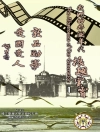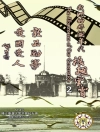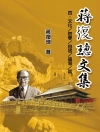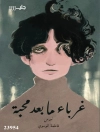Published in 1924, The Life and Letters of Emily Dickinson is a biography by her niece Martha Dickinson Bianchi. Featuring detailed biographical essays and her letters, for the first time arranged chronically, the book stands as a retelling of her aunt’s life from the perspective of family in an attempt to challenge the image of Emily Dickinson as a cold, isolated woman of mystery. With an eye-catching new cover, and professionally typeset manuscript, this edition of The Life and Letters of Emily Dickinson is a must-read biography reimagined for modern readers.
Since our inception in 2020, Mint Editions has kept sustainability and innovation at the forefront of our mission. Each and every Mint Edition title gets a fresh, professionally typeset manuscript and a dazzling new cover, all while maintaining the integrity of the original book.
With thousands of titles in our collection, we aim to spotlight diverse public domain works to help them find modern audiences. Mint Editions celebrates a breadth of literary works, curated from both canonical and overlooked classics from writers around the globe.
Despre autor
Emily Dickinson (1830-1886) was an American poet. Born in Amherst, Massachusetts, Dickinson was raised in a prominent family of lawyers and politicians alongside two siblings. For seven years, she studied at Amherst Academy, excelling in English, classics, and the sciences. Dickinson suffered from melancholy and poor health from a young age, taking several breaks from school to stay with family in Boston. After graduation, Dickinson enrolled at Mount Holyoke Female Seminary, withdrawing ten months later to return home to Amherst. Through her friend Benjamin Franklin Newton, she was introduced to the poetry of William Wordsworth and Ralph Waldo Emerson, whose influence would prove profound as she embarked on a literary life of her own. Despite her status as one of the greatest American poets of the nineteenth century, Dickinson published only ten poems and one letter during her lifetime, only a sampling of nearly two thousand poems discovered after her death. Cast as an eccentric by contemporaries and later critics alike, Dickinson was an enigmatic figure whose experimental forms and extensive use of symbols have inspired generations of readers and poets. By the 1870s, following the death of her father, Dickinson had largely withdrawn from public life. Spending much of her time caring for her ailing mother, she still managed to write poems and send letters to friends and family. In 1886, following her death, Dickinson’s younger sister Lavinia discovered her collection of poems and began the long and arduous process of bringing them to print.












